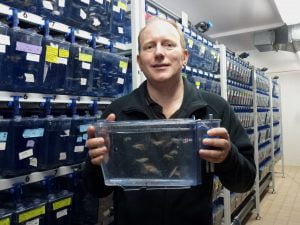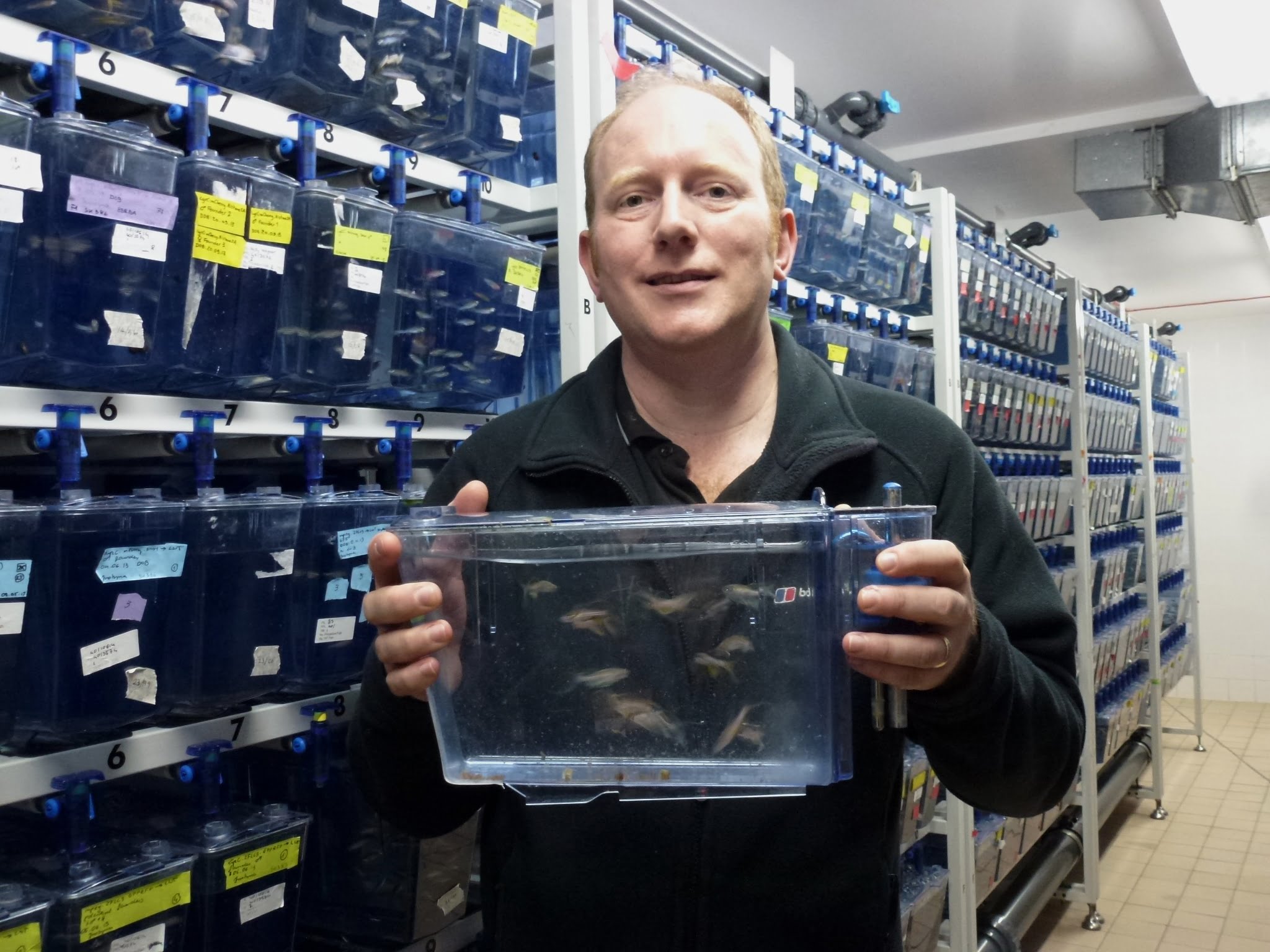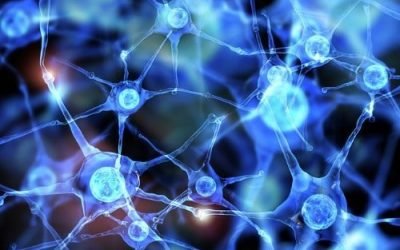 Research on CMT is global, and covers both laboratory and clinical studies. It is critically important to be aware of what is happening elsewhere as well as in the USA because it can have implications for what we do and fund at the HNF. In June of 2014, a paper was published in PLOS ONE by Chapman et al. (from the laboratory of Dr. Andrew Grierson at the University of Sheffield, UK) that caught our attention.
Research on CMT is global, and covers both laboratory and clinical studies. It is critically important to be aware of what is happening elsewhere as well as in the USA because it can have implications for what we do and fund at the HNF. In June of 2014, a paper was published in PLOS ONE by Chapman et al. (from the laboratory of Dr. Andrew Grierson at the University of Sheffield, UK) that caught our attention.
While we frequently see researchers using mice and rats as animal models of diseases, sometimes they are unsuitable for knocking out genes due to embryonic lethality. Many researchers have turned to the humble zebrafish to further their understanding of genetic disorders, and this investigation was no exception. By using the zebrafish as a model of CMT2A, (which a ffects the distal axons of motor and sensory neurons in humans), the study was able to examine how the mitofusin 2 (MFN2) affects the phenotype in the zebrafish.
Using zebrafish in genetic research is an active field, but there have been some limitations on the availability of genetic models of diseases. Genome editing technology, however, has developed rapidly, so it is now quick and cheap to make mutations in almost every gene now. Screens in fish are longstanding for studies of development. The MFN2 fish doesn’t get a phenotype until it is older, so it can be a much harder task.
Almost all human disease genes have an equivalent in zebrafish. Zebrafish are Vertebrates (as they have a spinal cord), which is critical for modeling disorders of the motor system such as CMT. Zebrafish are highly fertile and it is possible to generate hundreds of fish bearing the CMT2A mutation in a short time. Testing can then be done to measure the effect of various therapies and see which ones show the most promise for future use in human CMT patients.
As the mitochondria are the energy source of the cell, any gene mutations that affect their function can have far reaching implications for health and can cause CMT2A as well as other neurodegenerative diseases like Parkinson’s disease.The zebrafish are frequently used as a model of human diseases of the nervous system such as ALS and spinal muscular atrophy. While zebrafish created with this mutation in MFN2 initially developed normally, they showedprogressive motor dysfunction between 100 and 200 days old. Some patients with mutation of the MFN2 gene also show progressive motor dysfunction. In the study, fish were monitored by video in their aquarium and those that swam at an angle of more than 30 degrees to the horizontal were recorded. In vitro cell culture was used to measure mitochondria transport in the neurons from the MFN2 knock out zebrafish and retrograde transport was decreased.
While humans and zebrafish certainly do not look alike, their mitofusin 2 proteins are very similar. This study presented a very useful animal model of CMT2A that can be explored further to test potential drugs.
We hope to report on future developments from this laboratory as the HNF is contracted to support targeted therapeutic experiments for one year.











Awesome let me know if they do seeing I have CMT2A lol